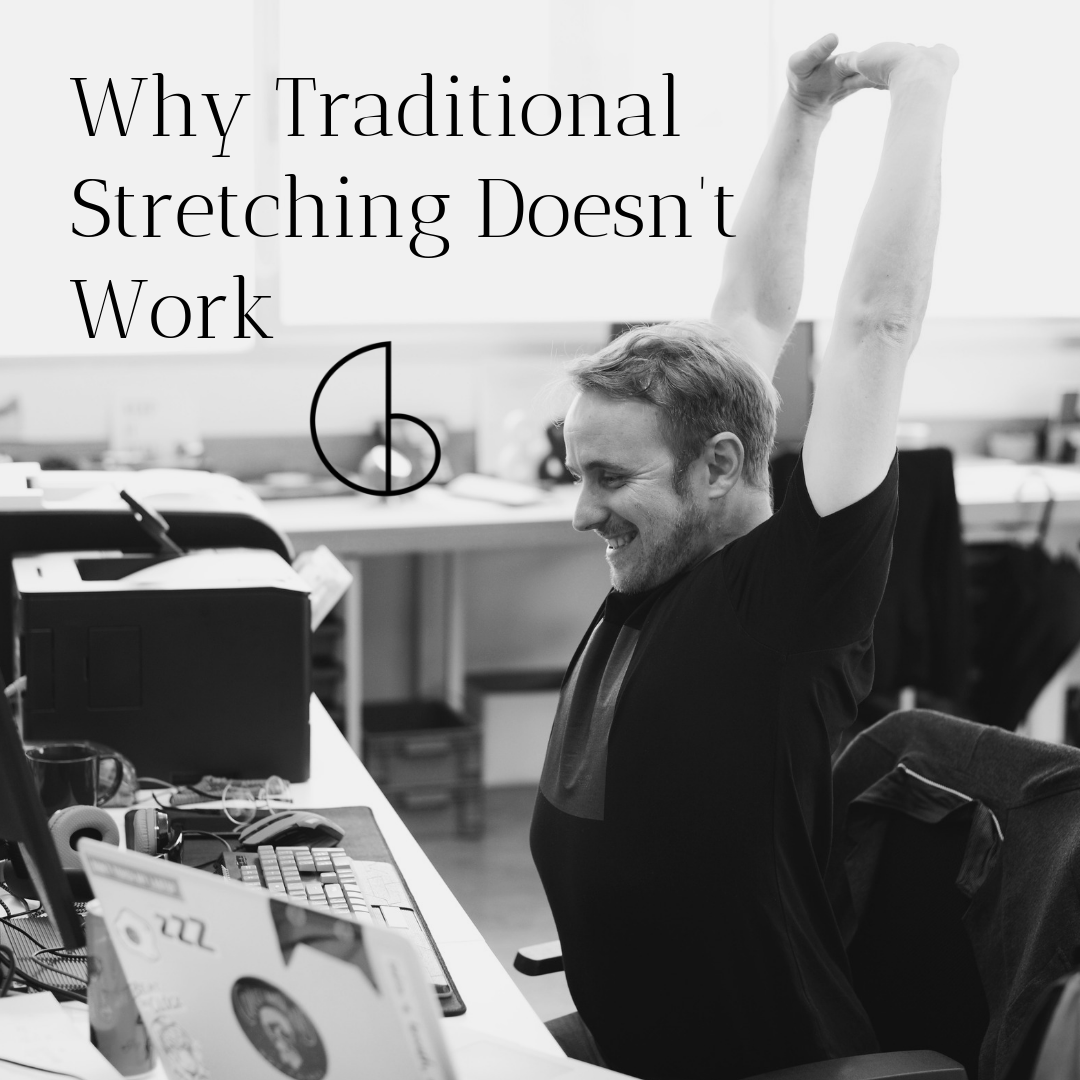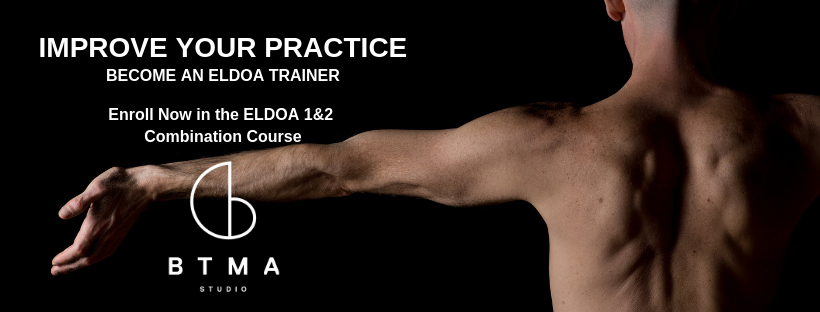
29 Jun Why Traditional Stretching Doesn’t Work
Have you heard that stretching doesn’t work? This is a big trend in fitness right now. And it’s correct—for the most part. Traditional stretching techniques don’t work. They can even be harmful. Here at BTMA Studios (and at other SomaTraining schools), we have solved the problem with stretching. Here, we explain what’s wrong with regular stretching and what techniques you should use instead.
The problem with traditional stretching
Static stretching (especially before a workout) has been shown to be harmful, not helpful. To perform a static stretch, you extend an individual body part to the point of tension and hold that position for a period of time, usually 30-90 seconds. What’s wrong with this technique? It places too much tension on the muscle tendons and the muscle fibers themselves.
The risks of static stretching prior to physical activity include:
- Inhibited muscle function
- Decreased strength and performance
- Possible muscle injury
Are you a fitness professional or physical therapist? Transform your practice. Become an ELDOA trainer.
The solution: Stretching techniques that work
ELDOATM is an alternative form of stretching using the fascia to stimulate the self-healing mechanisms of a specific joint. SomaTraining offers two other alternative types of stretching that are highly active and coordinated. These revolutionary stretching methods, namely myofascial stretching and global postural stretching, are totally different from traditional stretching techniques.
Myofascial stretching (MFS)
Rather than acting on the muscle itself, MFS targets the fascia surrounding individual muscles and creating the shape and size of the muscle. MFS is used to promote nourishment and healing. It is also used to appropriate the movement of the muscle and balance tension throughout the musculoskeletal system.
Global postural stretching (GPS)
GPS targets the spaces in the body, creating movement between the layers of fascia and balancing the relationships among the joints, muscles, organs, and fascia. This is a revolutionary innovation to classic stretching which can promote healing and improve function in many specific areas of the body.
These methods have solved the problems with stretching outlined above, offering a deeply beneficial alternative. Learn more about the benefits here.
Please note: Because the stretches and postures involved in these techniques are very precise, instruction by a trained professional is required.
Have questions about why traditional stretching doesn’t work? Contact us. Want to try an alternative method? Join our ELDOA group classes. For a deeper understanding of MFS, GPS, and ELDOA, enroll in the SomaTraining program. We are honored to host SomaTraining Institute Chicago for some of the courses right here in St. Louis.



Sorry, the comment form is closed at this time.